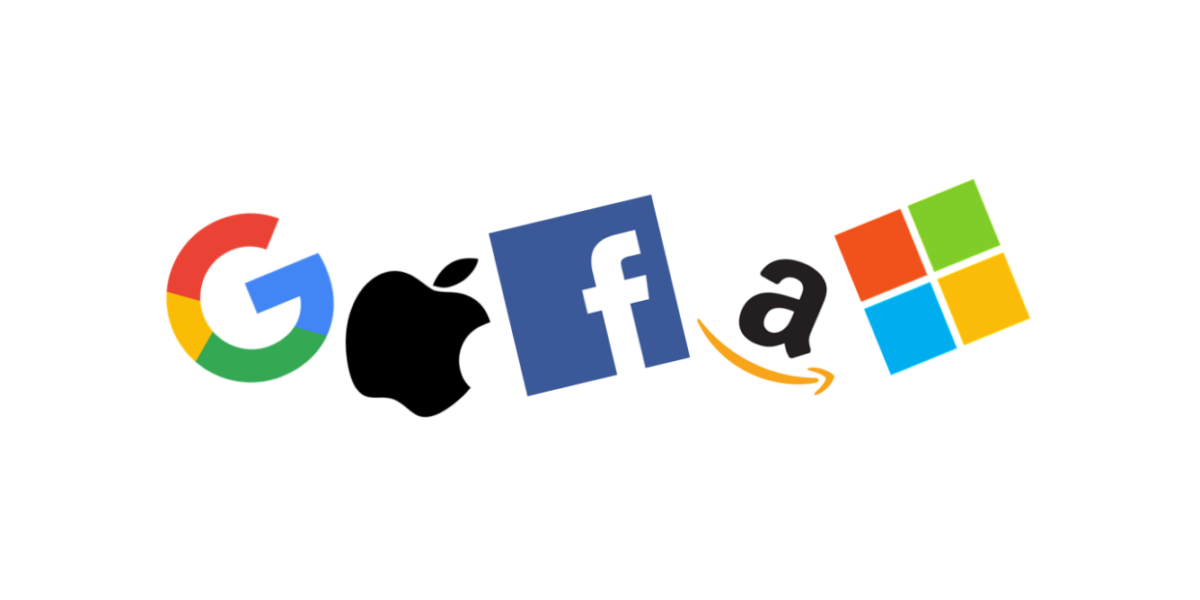Do Big Tech companies care about accessibility?


The world’s biggest companies have been making accessibility a part of their strategy for years.
Apple have revolutionised screen readers, Microsoft have created dedicated visual description apps, and Amazon turned voice recognition technology into Alexa, one of their biggest products. So yes, Big Tech companies do care about accessibility.
Let’s take a look at how these companies come up with creative solutions to make their products inclusive of people with disabilities.
Apple have proved to be trailblazers when it comes to accessibility. Apple build the VoiceOver screen reader into all of their devices with visual displays, including HomePod, their smart speaker product. They also include Switch Control, Guided Access, and Assistive Access on iPhones, making the device easier to use for people irrespective of their abilities.
The Made for iPhone (MFi) hearing aids have resulted in massive innovations in the hearing aid industry, like the use of low energy Bluetooth connections and high quality audio streaming. Apple have even turned accessibility innovations into mainstream features, such as the double pinch gesture borrowed from AssistiveTouch turning into the double tap on Apple Watch Series 9.
They are the gold standard as far as accessibility goes.
Microsoft have also been big innovators in the accessibility world. Their screen reader Narrator has improved massively in Windows 11, Microsoft Teams offers live captions during meetings, and visual notifications can be set up on your computer to alert you of sounds.
Microsoft’s Seeing AI can read and analyse documents and printed text, providing vital access to information, as well as identify people and objects. Meanwhile their sound-based navigation app Soundscape recently became available as open-source software and development is now being continued by a consortium of partners including IA Labs.
Finally, Microsoft offer a disability answer desk, where users who have disabilities can get support with Microsoft Office, Windows, or Xbox products. The answer desk has also partnered with Be My Eyes to integrate the Be My AI tool, which assists visually impaired users in performing tasks without need for a call centre agent.
Amazon have a number of accessibility features on their Fire TV, Fire tablet, and Kindle eReader products, but their strongest accessibility features come in forms you probably wouldn’t expect.
Amazon Alexa takes voice control technology and makes it accessible to the masses. For example, being able to control smart home accessories is a convenience for those who are able bodied, but it’s a game changer for people with disabilities.
Voice control isn’t the only service Amazon have made mainstream though; they also own audiobook service Audible. Audiobooks were traditionally used by blind or visually impaired people, but companies like Audible have made them a part of everyday life. As a result of this increased popularity, there are now more audiobooks available than ever before, making information and entertainment more accessible.
Speaking of entertainment, Twitch and Amazon Prime Video offer many accessibility features, with Twitch allowing closed captioning through creator plugins. They also provide accessibility guidelines and advice to creators, such as recommending that those streaming gameplay leave subtitling enabled.
As the owners of Google, Alphabet have made big strides in accessibility in recent years.
On Android mobile devices, the TalkBack screen reader has come a long way towards becoming more efficient and intuitive to use, and apps like Google Lookout and the recently launched Magnifier app on Google Pixel are making the platform much more accessible.
When factors like language and audio quality allow for it, YouTube automatically generates captions and transcripts, making content more accessible for those who are deaf or hard of hearing. YouTube also recently introduced support for multiple audio tracks, allowing some larger creators such as Tom Scott to experiment with audio descriptions. Audio descriptions on YouTube aren’t mainstream yet as it can unfortunately be expensive, but they are now possible.
Self-driving taxi company Waymo does offer wheelchair accessible vehicles and are accommodating to those working with service animals like guide dogs or assistance dogs.
Big Tech companies know that when a product is accessible to more people, it results in more revenue. Over one billion people worldwide live with a disability, accounting for one in seven people who may need accessibility features like live captions, transcripts, switch controls, voice controls, and screen readers.
If your product isn’t accessible, you might be leaving revenue on the table, or even risking costly litigation and financial penalties.
It is not just huge technology companies like Apple or Microsoft who should prioritise accessibility. If you provide a website, app, document, or any other kind of digital service, contact IA Labs today to begin your accessibility journey.